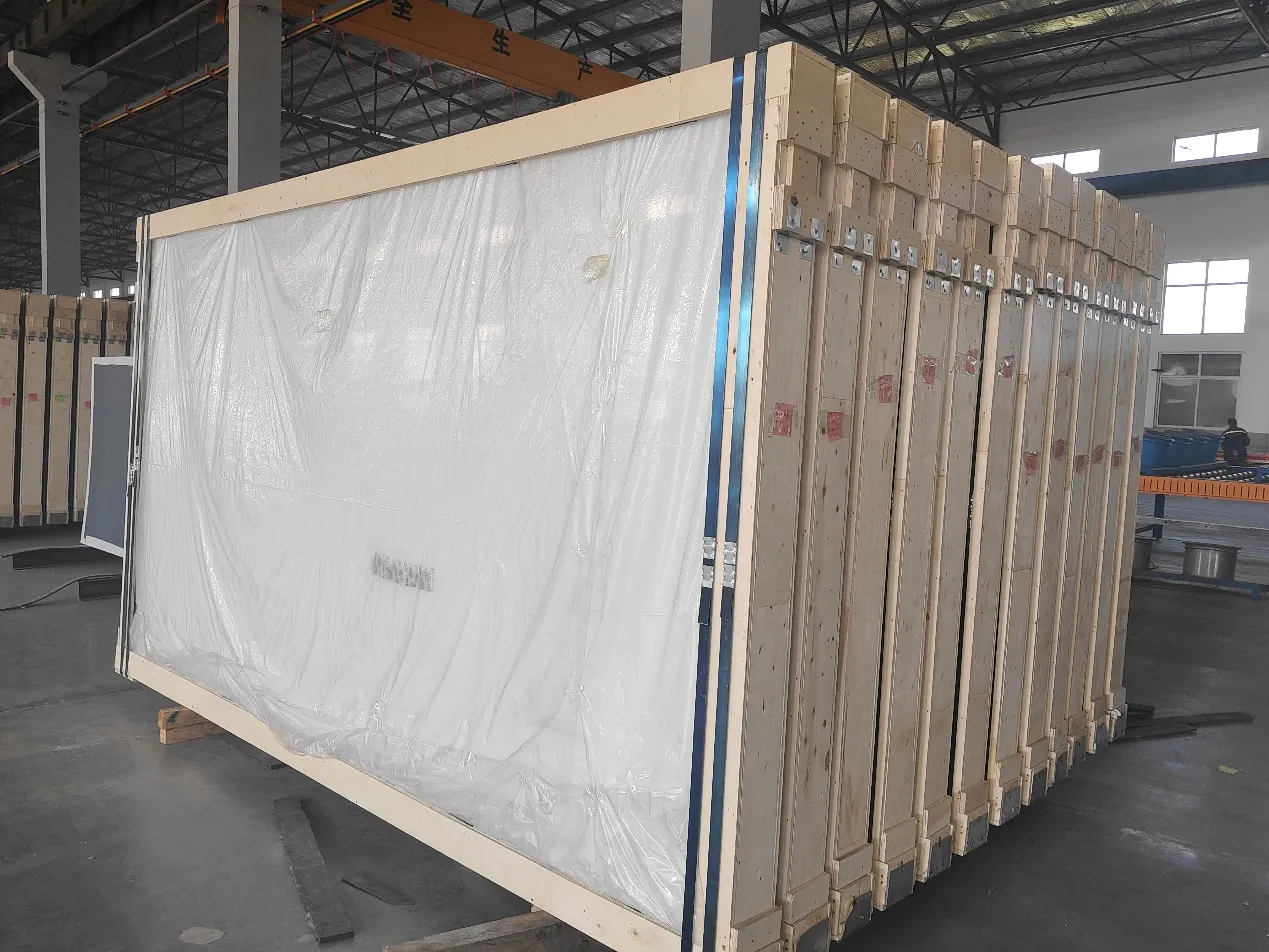Nov . 19, 2024 22:40 Back to list
process of tempered glass
The Process of Tempered Glass An Overview
Tempered glass, known for its strength and safety, undergoes a unique fabrication process that significantly enhances its durability compared to regular glass. This article provides an overview of the tempered glass manufacturing process, its benefits, and applications.
The Manufacturing Process
The journey of tempered glass begins with standard glass sheets, typically made from silica sand, soda ash, and limestone. The initial step involves cutting these glass sheets into the desired dimensions. Following this, the sheets undergo a thorough cleaning process to remove any impurities and ensure a flawless finish. Any dirt, dust, or grease left on the surface can adversely affect the heating and tempering stages.
Once cleaned, the glass sheets are heated in a specialized furnace. During this heating phase, the temperature of the glass is raised to approximately 600-700°C (1112-1292°F). It is crucial to maintain an even temperature throughout the glass to avoid thermal stress. This heating process allows the surface of the glass to expand, while the internal layers remain at a lower temperature.
After reaching the necessary temperature, the glass is rapidly cooled using a technique known as quenching. This is achieved by blowing air onto the glass surfaces, which causes the outer layer to cool quickly while the inner layers remain hotter for a longer time. This rapid cooling creates a compression layer on the surface of the glass, enhancing its strength and making it more resistant to impact and thermal stress. The end result is glass that can withstand forces that would shatter normal glass.
Benefits of Tempered Glass
process of tempered glass

One of the primary advantages of tempered glass is its safety features. When broken, tempered glass shatters into small, blunt pieces instead of sharp shards, significantly reducing the risk of injury. This makes it an ideal choice for applications where safety is a concern, such as in shower doors, glass doors, and facades.
Additionally, tempered glass offers superior resistance to thermal shock. It can withstand sudden temperature changes, making it suitable for applications like glass cooktops and oven doors, where heat fluctuations are common. The enhanced strength of tempered glass also allows for thinner designs without compromising on safety or performance, providing architects and designers with greater flexibility in their projects.
Applications of Tempered Glass
The versatility of tempered glass allows its use across various industries. Its aesthetic appeal and safety features make it popular in residential and commercial architecture, including storefronts, railings, and windows. In the automotive industry, tempered glass is commonly used for side and rear windows, where safety and visibility are crucial.
Furthermore, tempered glass is extensively utilized in the production of touchscreens and electronic devices, given its resistance to scratches and breakage. With the growing demand for energy-efficient building materials, the use of tempered glass in windows and facades can also enhance insulation, contributing to energy savings.
Conclusion
The process of tempering glass is a precise and beneficial method that transforms ordinary glass into a robust, safe, and versatile material. Through careful heating and cooling, tempered glass becomes suitable for a wide range of applications, combining aesthetic appeal with enhanced safety and durability. Whether in construction, automotive, or electronics, tempered glass continues to play a crucial role in modern design and functionality, shaping the world around us.
-
Safety and Style with Premium Laminated Glass Solutions
NewsJun.24,2025
-
Reinvents Security with Premium Wired Glass
NewsJun.24,2025
-
Premium Float Glass Line for Modern Architecture
NewsJun.24,2025
-
Low Emissivity Glass for Energy-Efficient Architecture
NewsJun.24,2025
-
High-Performance Insulated Glass Solutions for Modern Architecture
NewsJun.24,2025
-
Elevates Interior Style with Premium Silver Mirror
NewsJun.24,2025
Related PRODUCTS














